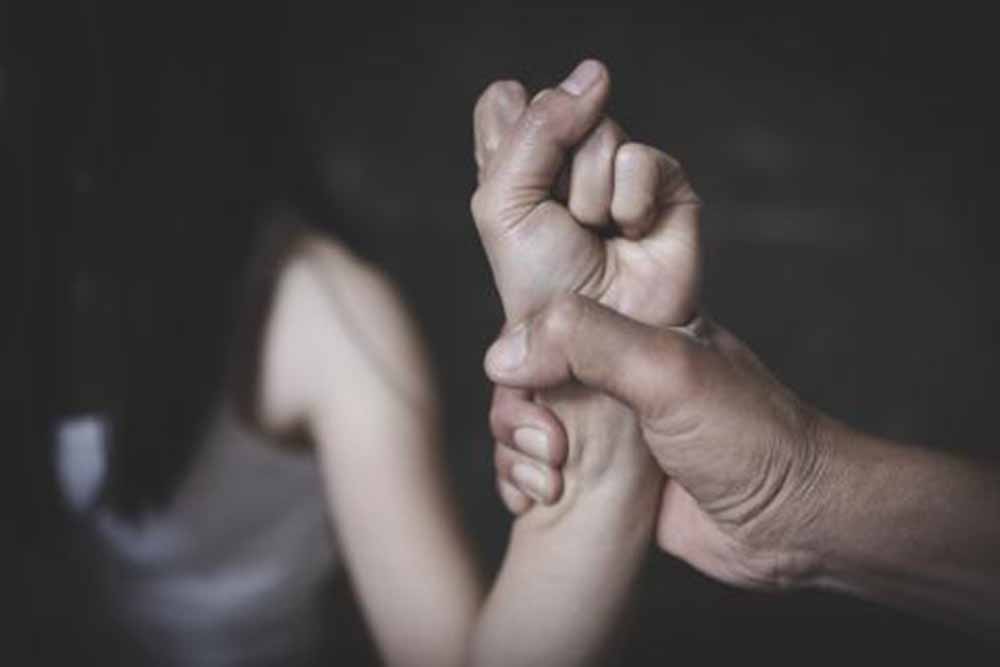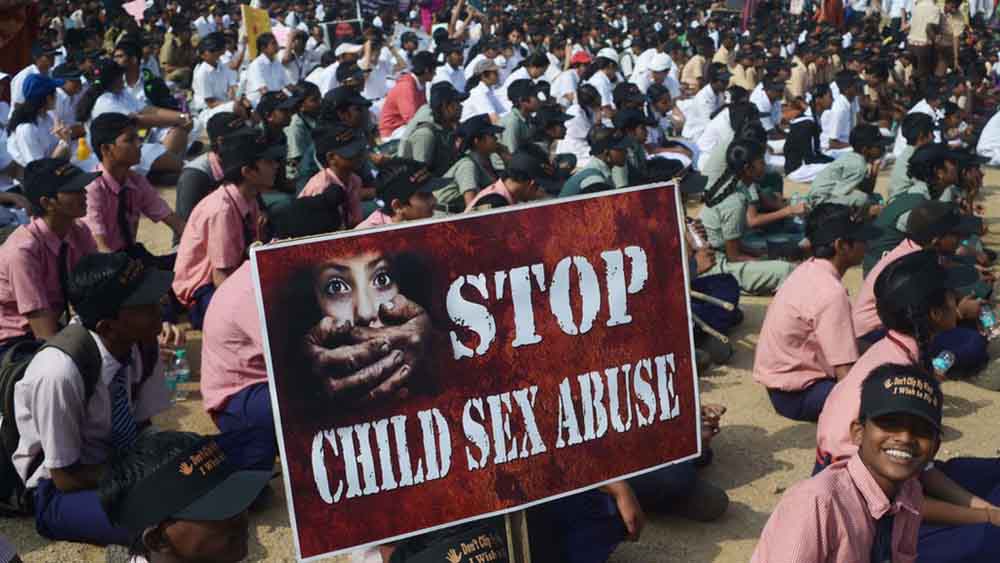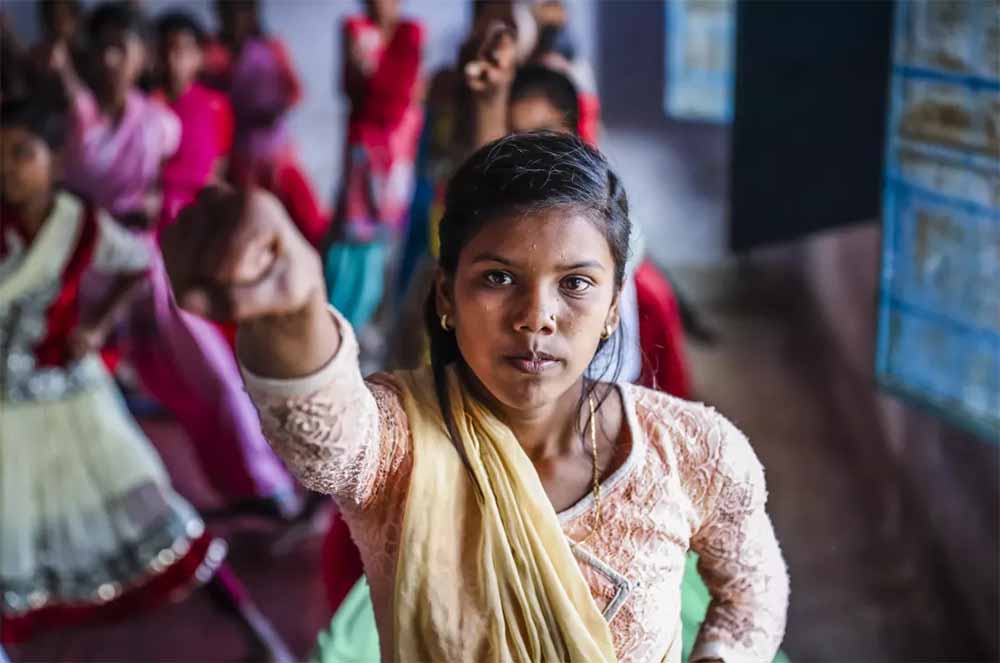Out of 204 nations examined in a recent Lancet study, India has the highest reported rate of sexual abuse against women under the age of 18. Nearly one in three (30.8 per cent) Indian women reported having experienced sexual abuse before turning 18, according to a recent international study published in The Lancet. Sexual violence against children (SVAC) has become a critical public health and human rights concern. This number is far greater than the 18.9 per cent global average.

This groundbreaking investigation, which covers data from 1990 to 2003 and spans 204 nations, is one of the first to provide detailed prevalence statistics of SVAC by sex and age. Additionally, 13.5 per cent of Indian men reported having been sexually abused before reaching adulthood. The percentage for men worldwide is 14.8 per cent. According to the report, forced or coerced unwanted sexual contact (SVAC) before the age of 18 includes fondling, intercourse, and other forms of sexual touching. It does not, however, take into consideration exploitation or abuse that occurs online.

According to reports, the prevalence of SVAC in women was 24.4 per cent in the UK and 27.5 per cent in the US. In the US and the UK, the percentages for men were 16.1 per cent and 16.5 per cent, respectively. The greatest regional rates among women were seen in South Asia, with Bangladesh coming in second at 9.3 per cent and India first. Sub-Saharan Africa had the highest rates among men, where prevalence ranged from 7.9 per cent in Zimbabwe to 28.3 per cent in Cote d'lvoire.
Long-term effects on survivors are also highlighted in the study, such as increased chances of significant depression, anxiety, substance abuse, STIs, chronic illnesses including asthma, and lower levels of economic and scholastic achievement.
To combat child sexual exploitation and abuse, India has passed the Protection of Children from Sexual Offences (POCSO) Act in 2012. The legislation covers a wide range of acts, such as penetrative and non-penetrative assault, harassment, and child pornography, and defines a child as anybody under the age of 18. Low conviction rates and justice delays, however, continue to be significant obstacles in spite of stringent regulations. More than 53 per cent of children, both boys and girls, reported experiencing some kind of sexual abuse, according to a 2007 study conducted by the Ministry of Women and Child Development. India is therefore among the nations with the highest rates of child sexual abuse that have been documented.

The Significance Of Early Education and Intervention
To empower kids and lower dangers, experts support integrating age-appropriate sex education, personal safety knowledge, and consent training into school curricula. Sensitisation programs for parents and teachers are also thought to be crucial for preventative initiatives. In addition to committing to the sustainable development goals, such as SDG 16.2, which seeks to eradicate all kinds of violence against children by 2030, India is a signatory to the United Nations Convention on the Rights of the Child.
Image source: Business Standard, Science Media Centre, Unicef